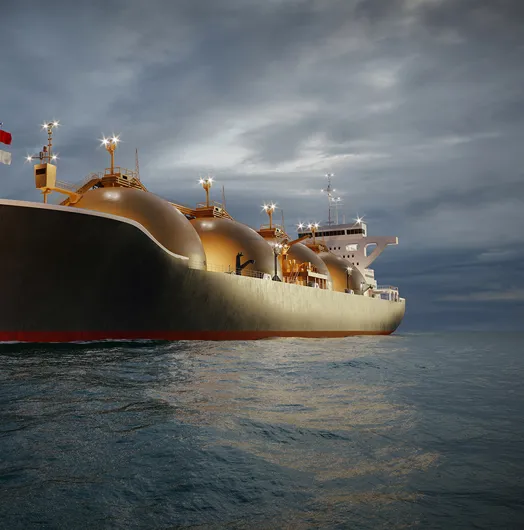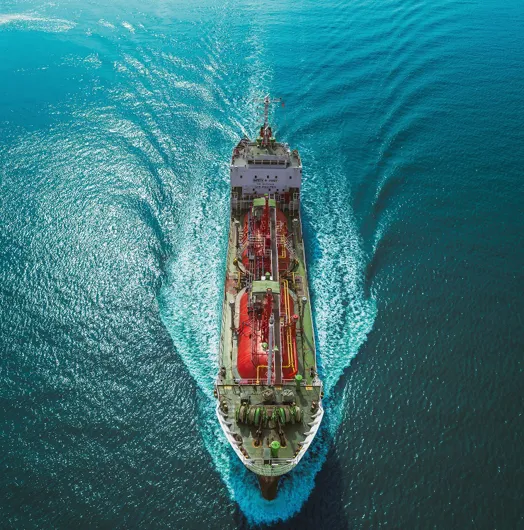What is currently happening to grow the storage base?
In the past, The North Sea Transition Authority (NSTA) issued licenses on an ad hoc basis. Yet recent unprecedented interest prompted NSTA to issue a managed round of new applications with 13 additional storage locations up for grabs, some forming part of depleted oil and gas fields, others saline aquifers. This round of applications closed in September 2022, with awards due to be announced in Q1 of 2023, but it is anticipated that these 19 sites (six existing and 13 potential) are just the beginning for CO₂ storage facilities in the UK. Many similar rounds of applications are expected in coming years, with some estimates going so far as to predict that UK site numbers could reach over 90 if net zero targets are to be met by 2050.
What does increased UK carbon storage mean for shipping prospects?
Basically, it’s good news. And it’s good news for two main reasons: Firstly, while many CCS projects will be able to use the existing pipeline infrastructure, many others will need ships to transport CO₂ to the storage sites. And secondly, there is the potential shipping requirement for transportation to CO₂ hubs. Furthermore, many of the CCS developments taking place in the UK sector are also happening in other parts of Europe and Asia, representing shipping opportunities on a truly global scale.
We must remember of course that all of this will take time. Having said that, it is reasonable to expect that shipping demand will experience a significant growth spurt in coming years. In fact, demand is already emerging for delivery on the 2025-27 horizon. Things may be quiet today, but the future looks bright, very bright…
Clarksons’ specialist experience within liquid CO₂ transportation
The Clarksons Gases team is firmly established at the heart of the global gas markets with an unrivalled track record in providing shipping and trade-related services for LPG, ammonia, petrochemical gases, and LNG. We are determined to become equally proficient in the emerging, seaborne CO₂ business and have formed a specialist team within Gases department.
The specialist team continues to work closely with other divisions within Clarksons to ensure we remain at the forefront of developments in the sector. Our knowledge base on CO₂ has increased significantly and we are confident of being able to assist you with your CO₂ projects and shipping strategy.
Contact the liquid CO₂ transportation team.
Meet the team




